
Breaking ground on Boston’s Fenway Center
[fa icon="calendar'] Feb 27, 2018 11:30:00 AM / by Clark Griffith, AIA
After 15 years of delays, set-backs, and challenges, construction has finally begun on Boston’s much anticipated Fenway Center.
Read More [fa icon="long-arrow-right"]
Everything Leaks: Testing & diagnosing roofing leaks
[fa icon="calendar'] Feb 15, 2018 11:00:00 AM / by Clark Griffith, AIA
Most roofs are not watertight all the time. Roofing systems, both low-sloped (flat) and pitched, will most likely eventually spring a leak, even with the proper recommended maintenance and inspections. But what about newly installed low-sloped roofs, can one expect those to be watertight? Typically, on a newly constructed building, any minor leaks that turn up during construction can be dealt with immediately by the installer. Also, newly installed roofs on new and old buildings will undergo inspections and sometimes specified testing of seams and components for issuance of the manufacturer’s and installer’s warranty of water tightness for a specified period of time. However, ensuring that your newly installed roof is absolutely watertight becomes more critical if it is being covered by rock ballast or a landscaped greenspace or if the roof protects valuable artwork or irreplaceable property. Determining the location, origin, and extent of wet substrates is also critical for existing buildings when trying to determine if repair or complete replacement is more appropriate.
Read More [fa icon="long-arrow-right"]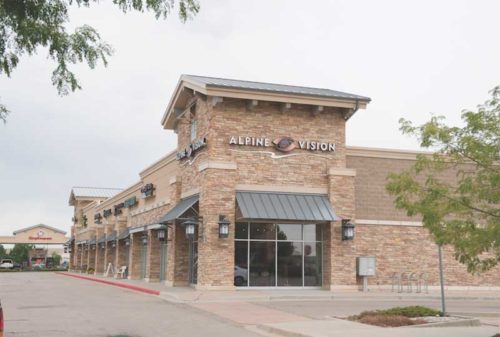
Adhered Manufactured Stone Veneer: Manufacturing performance for the winter
[fa icon="calendar'] Feb 1, 2018 10:00:00 AM / by Clark Griffith, AIA
An Adhered Masonry Veneer system (AMV) is defined as “masonry veneer of natural or manufactured stone, secured to and supported by the backing through adhesion” and are sometimes called “lick and stick” systems. The more typical masonry brick veneer system has a drainage cavity behind and the veneer is supported on itself and anchored with metal ties. Exterior AMV wall components can vary, but they are similar to a stucco system with a weather resistive barrier, scratch coat with embedded wire lath, and a finish coat of adhesive mortar.
The design and installations of AMV can be challenging since relevant building codes and industry standards are not well known or understood, and the system relies heavily on workmanship and selecting the right materials. This is particularly true when choosing a manufactured stone rather than costlier natural stone, and when used in freeze-thaw climates.
Read More [fa icon="long-arrow-right"]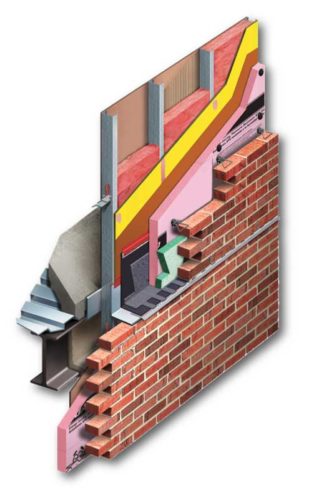
Maintaining Continuity at Transitions
[fa icon="calendar'] Jan 25, 2018 10:00:00 AM / by Kenneth R Quigley, PE
Buildings were once thought of as a means of shelter and protection. While this still holds true, buildings today have evolved to do so much more based on how the building is intended to be used, who is occupying the building, where it is built, and so on.
Read More [fa icon="long-arrow-right"]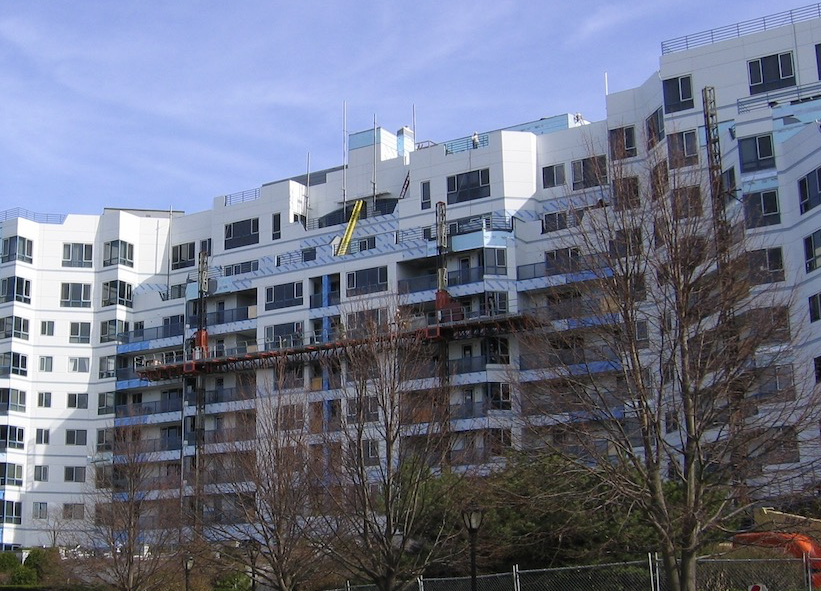
CCA Launches Project Portal
[fa icon="calendar'] Jan 16, 2018 12:00:00 PM / by Mark McGivern, CSI, Aff. M. ASCE
Construction Defect Litigation • Claims Investigations • Catastrophe Management • Building Evaluations • Consulting and Design
Read More [fa icon="long-arrow-right"]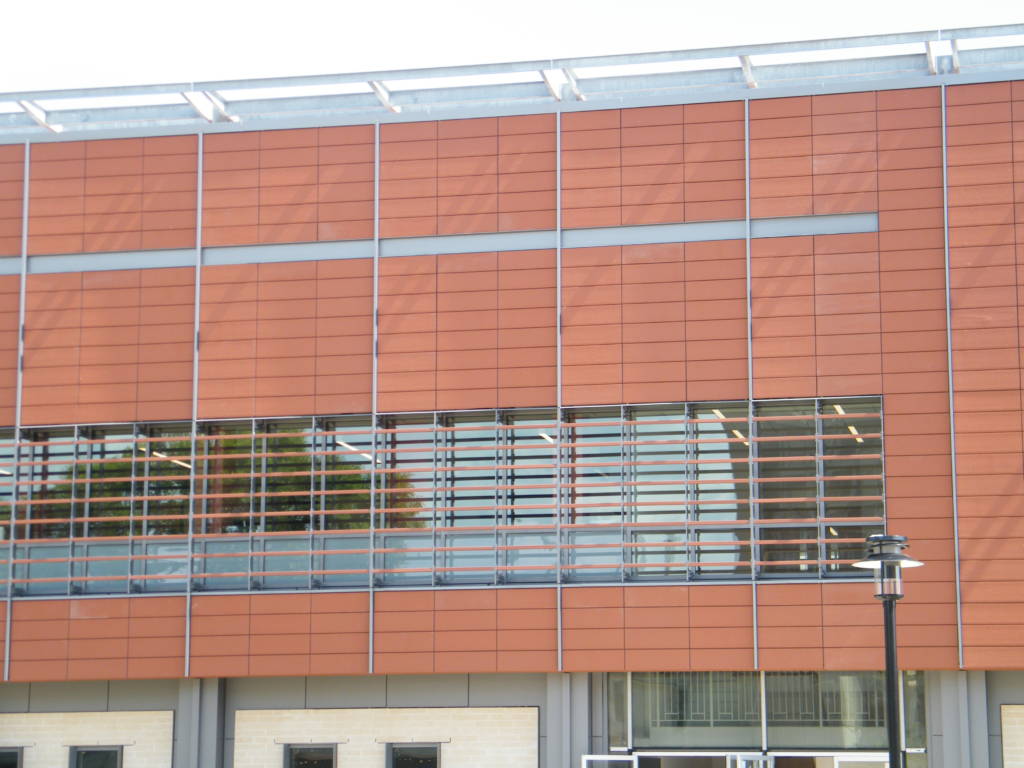
Building an Envelope Warranty
[fa icon="calendar'] Jan 11, 2018 11:00:00 AM / by Clark Griffith, AIA
When plans for buildings are being laid out and constructed many parties are often involved including the owner, architect, general contractor, and sub-contractors. One of the key areas of planning is waterproofing the structure so that leaks do not occur. In many cases a rainscreen system is built and put in place.
Read More [fa icon="long-arrow-right"]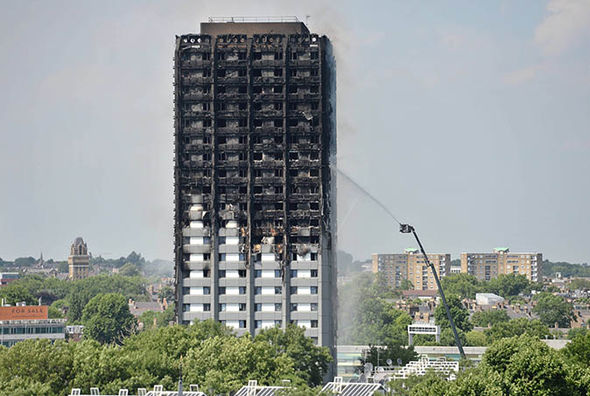
Built to burn: Thousands of buildings worldwide are wrapped in combustible panels
[fa icon="calendar'] Jan 4, 2018 11:00:00 AM / by Clark Griffith, AIA
A high school in Alaska, a National Football League stadium, a Baltimore high-rise hotel and a Dallas airport terminal are among thousands of structures world-wide covered in combustible-core panels similar to those that burned in June's deadly London fire.
Read More [fa icon="long-arrow-right"]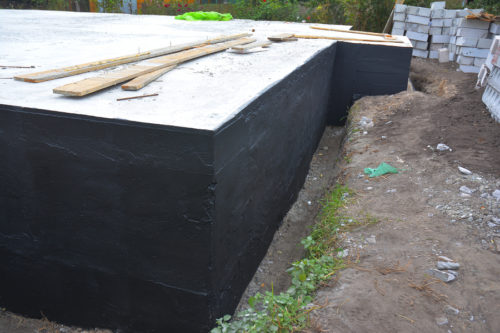
Waterproofing: From Roof to Foundation
[fa icon="calendar'] Dec 18, 2017 10:00:00 AM / by Mark McGivern, CSI, Aff. M. ASCE
Severe weather can cause extensive damage to a building’s roof, foundation, and interiors. If there is a breach in a structure's envelope, water is likely to find its way into the building. This is why it is critical to make a structure water resistant from top to bottom.
Read More [fa icon="long-arrow-right"]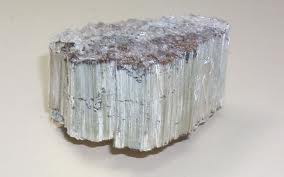
After Years of Decline, Asbestos Use is on the Rise
[fa icon="calendar'] Dec 11, 2017 11:00:00 AM / by Mark McGivern, CSI, Aff. M. ASCE
Do not believe that asbestos is not being used in building products that you specify or construct. Contrary to popular belief asbestos is not illegal in the U.S. According to the EPA many building products can be manufactured with asbestos.
Read More [fa icon="long-arrow-right"]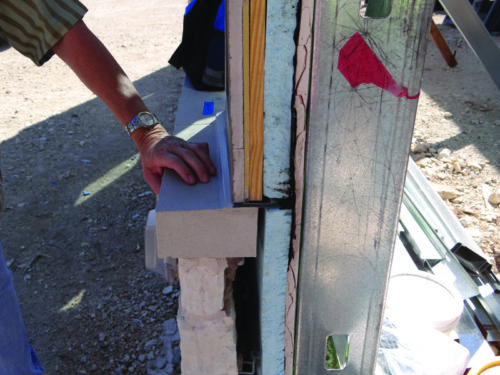
Every layer matters. A holistic approach to quality control can be useful.
[fa icon="calendar'] Dec 7, 2017 10:00:00 AM / by Mark McGivern, CSI, Aff. M. ASCE
Whose fault was it? This is a frequently asked question when an exterior wall leaks, rots, or falls down. During a construction failure investigation, contractors often highlight the defects of other trades that affected their work. Defects include those that were documented during construction but not corrected. This may be due to timing and scheduling constraints.
Often the findings from building failures are then used going forward as best practices for new construction. However, those learned best practices should not be the only guideline. Critical areas that need to be addressed include the points of intersection, as many times there are multiple layers of building materials which are put in place by various subcontractors. This step is known as a pre-covering inspection. A pre-covering inspection of each layer at each wall area would be ideal, so problems at each layer do not accumulate, influence other layers, or get concealed.
The following article looks at examples of pre-covering inspection criteria to illustrate the influence each layer may have. Continue reading….
Read More [fa icon="long-arrow-right"]

